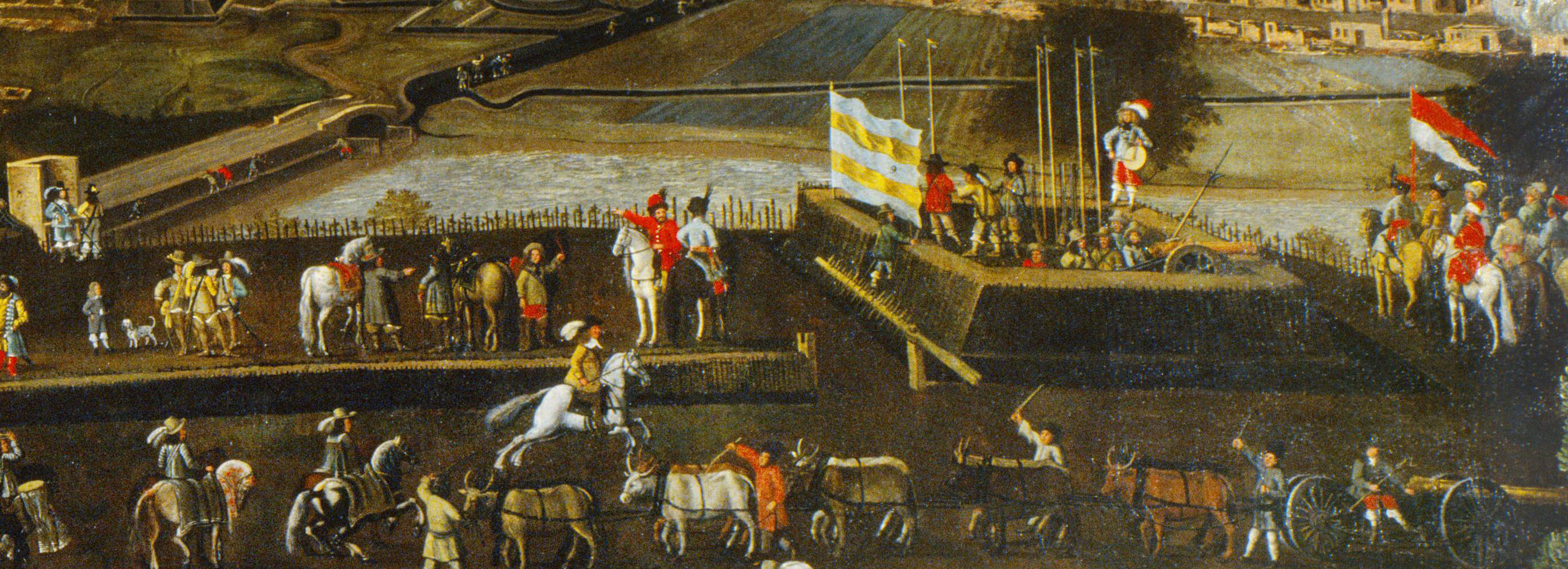
"Painting Swedish Troops" Topic
6 Posts
All members in good standing are free to post here. Opinions expressed here are solely those of the posters, and have not been cleared with nor are they endorsed by The Miniatures Page.
Remember that you can Stifle members so that you don't have to read their posts.
For more information, see the TMP FAQ.
Back to the Renaissance Discussion Message Board Back to the Renaissance Painting Guides Message Board
Areas of InterestRenaissance
Featured Hobby News Article
Featured Link
Featured Ruleset
Featured Showcase Article The next Teutonic Knights unit - Crossbowmen!
Featured Workbench Article
Featured Profile Article
Current Poll
Featured Book Review
|
| Old Pete | 29 Aug 2018 5:23 a.m. PST |
What colour are the jackets and trousers of the foot and cavalry. I know they were not all blue, did they match their flag colours ?
I am new to this period but Swedish army seems most impressive. |
| Daniel S | 29 Aug 2018 5:49 a.m. PST |
|
| Old Pete | 29 Aug 2018 7:47 a.m. PST |
Post Gustav Adolphus, near the end of the TYW and just before the ECW. If possible plan to use them as early ECW forces as well, if that is possible by switching flags. |
| Phillius | 29 Aug 2018 11:50 a.m. PST |
There was no uniformity that you can really rely on. The flag colours were just that, and the names of the veteran German units come from their flags.
They look nice uniformed though. Even if what uniformity there was, depended on the cloth the unit Colonel bought to make clothing out of. Although I'm sure there was issue of central clothing for the actual Swedish units, it is unlikely that would have persisted once on campaign (pretty much like the ECW). |
| Daniel S | 03 Sep 2018 10:00 a.m. PST |
Ok, that would put us in 1640-1642, not much is known much about the appearance of the Swedish armies of the later TYW as key archives were lost when the Royal Palace in Stockholm was destroyed by fire in 1697. We are restricted to relying on small scraps of information, mainly in the form of eyewitness observations or paintings.
By that time the both the "old" and "new" coloured regiments were gone from the Swedish army. First you had an extensive reorganisation of the army after the disaster at Nördlingen which saw a lot of a lot of regiments disbanded or absorbed by others. Then Duke Bernhard of Weimar took a large chunk of the ‘new' army with him when he entered French service. By 1639 only "Alt Blau" ("Old Blue") remained in the Swedish army where it was ranked as the senior infantry regiment and acted as the personal foot regiment of the army commander. "Alt Blau" would serve on to the very end of the war and was only disbanded in 1650.
One contemporary painting of the Swedish army is this one showing the siege of Brünn/Brno in 1645 (Military dress did not change significantly between 1640 and 1645)



linkIMHO the cut and length of the coat, the fact that Swedish infantry wore felt hats when ECW infantry favoured Monmouth caps and Monteros and the colour of the field signs would make up even more of the visual difference between the two armies. The native Swedish & Finnish cavalry was also using a helmet that copied a Polish style rather than the Zischagge/ "Dutch Pot" which in turn evolved into the "3-bar Pot" of the ECW. All of this is a longwinded way of sayting that you have a lot of freedom when painting troops from the later TYW as long as yoy keep to the basic styles in use, period artwork such as Snayers & Meulener show events from the later TYW though neither have a distinctly Swedish focus. Most of the details that would distinguish TYW from ECW are not present because figures tend to be sculpted in an ECW or very generic TYW style which misses most of the important details. |
| Old Pete | 12 Sep 2018 4:06 p.m. PST |
|
|

